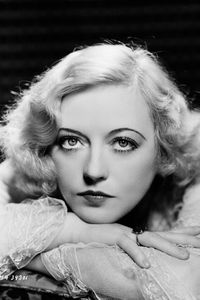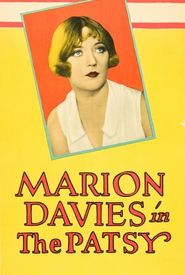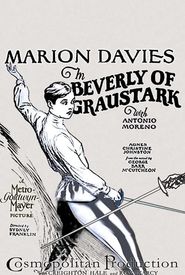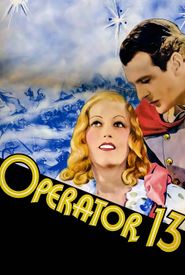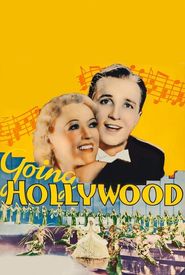Marion Cecelia Douras, later known as Marion Davies, was a renowned comedic actress of the silent era and beyond. Born on January 3, 1897, in Brooklyn, New York, she was the daughter of Rose (Reilly) and Bernard J. Douras, a lawyer and judge of Irish descent.
Marion's fascination with the entertainment industry began at a young age, as she watched her sisters perform in local stage productions. She eventually joined her sisters in these performances, and her parents, recognizing her talent, encouraged her to pursue a career in show business.
Marion's early career consisted of working as a chorus girl in New York City, initially in the pony follies and later in the prestigious Ziegfeld Follies. However, she soon became dissatisfied with merely dancing and set her sights on acting, believing it to be the pinnacle of show business.
Her stage name, Davies, was inspired by the Davies Insurance Building, which her family passed one day. One of her sisters exclaimed, "Davies! That shall be my stage name!" and the entire family adopted the name.
Marion's first film, Runaway Romany (1917),was a collaborative effort with her brother-in-law, who wrote and directed the movie. Although it did not achieve box-office success, it marked the beginning of her film career.
In 1918, Marion starred in two films, The Burden of Proof and Cecilia of the Pink Roses, the latter being backed by newspaper magnate William Randolph Hearst. This was the start of her long-term romantic relationship with Hearst, which would last for over three decades.
Marion and Hearst lived together at his San Simeon castle, a grand mansion that became a California landmark. The couple would host lavish parties, often in costume, attended by Hollywood's elite, including Carole Lombard, Mary Pickford, and Dolores Del Río.
Hearst's newspaper empire enabled Marion to be promoted as no actress before her, and she appeared in numerous films over the next few years. The Cinema Murder (1919) was one of her most suspenseful roles, while When Knighthood Was in Flower (1922) showcased her skills in a historical romantic epic.
As the silent era drew to a close, Marion adapted to the advent of sound films, delivering masterful performances in Not So Dumb (1930) and The Florodora Girl (1930). However, by the early 1930s, her box office appeal began to wane, and her career slowly declined.
Despite her struggles, Marion remained a shrewd businesswoman and helped Hearst financially by selling $1 million worth of jewelry during his financial difficulties. In return, Hearst's financial woes ultimately led to the end of her acting career.
Marion's final film, Ever Since Eve (1937),was released when she was 40 years old. She continued to struggle with the pressures of her relationship with Hearst and turned to alcohol as a coping mechanism.
When Hearst passed away in 1951, Marion was devastated, and her niece, Patricia Van Cleve Lake, revealed that she was the love child of Marion and Hearst. Marion was banned from Hearst's funeral, and she later started several charitable organizations, including a children's clinic that still operates today.
Marion married Horace Brown at the age of 54 and remained married until her death from cancer on September 22, 1961, at the age of 64. Despite her tumultuous life, Marion Davies remains a beloved figure in Hollywood history, remembered for her talent, generosity, and resilience.
